Pindo Palm Disease Info: Learn How To Treat Sick Pindo Palm Trees
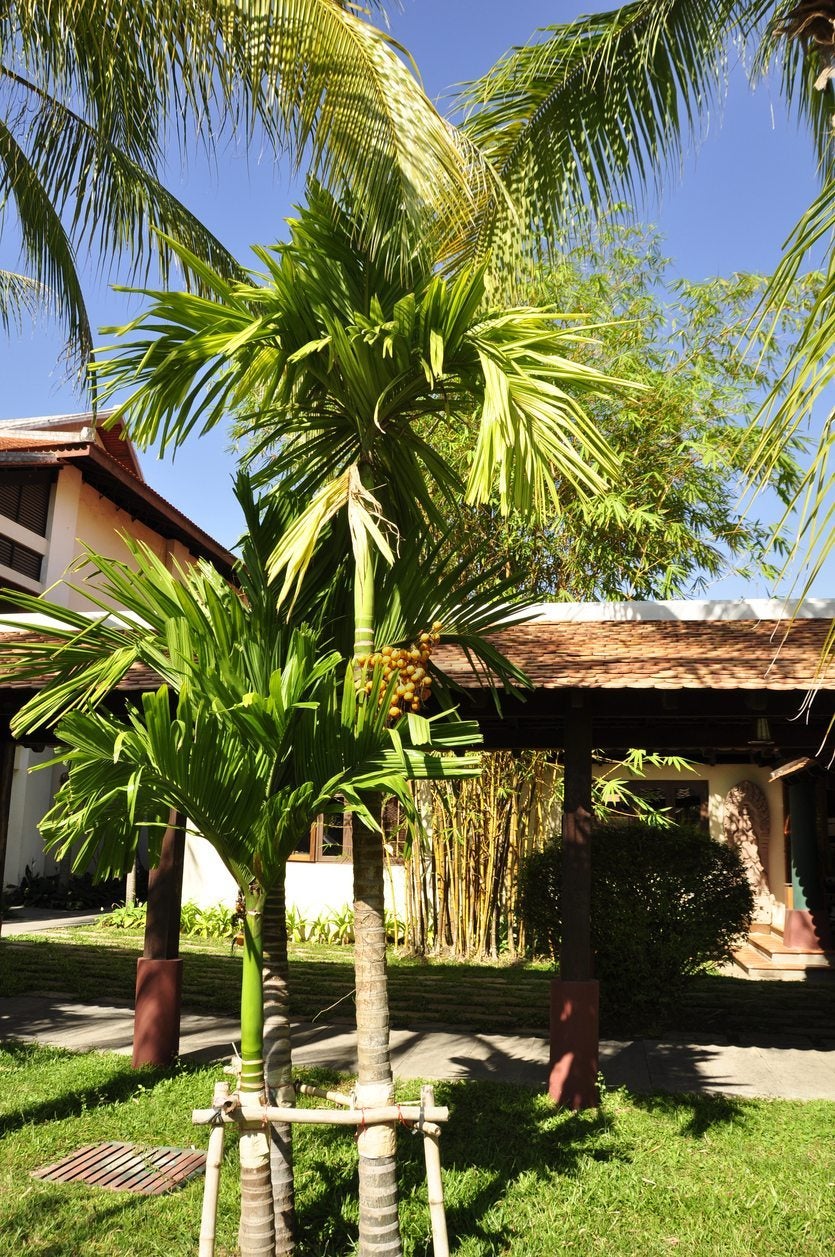

The pindo palm is also called a jelly palm. It is an ornamental plant that produces fruits eaten by both people and animals. Potassium and manganese deficiencies are common in these palms, but sick pindo palm trees may also have disease symptoms. Fungus or occasional bacteria are usually the causes of diseased pindo palm plants. Read on for more information on pindo palm disease and what to do for prevention and control.
Treating Sick Pindo Palm Trees
Most often, pindos that appear sick are actually suffering from nutritional deficiencies of some sort. Should this not be the case, your next culprit is fungus. Additional disease issues may come from bacterial infections.
Nutrient Deficiency
A pindo palm that exhibits extensive leaf drop may be deficient in potassium. This shows up as gray, necrotic tips on leaflets and progresses to orange-yellow speckling. Primarily, the newest leaflets are affected. Manganese deficiency is less common but occurs as necrosis in the basal part of young leaves. Both are easy to correct by performing a soil test to accurately diagnose the deficiency and using a fertilizer with a higher concentration of the missing nutrient. Read the preparation packaging carefully to ensure delivery of the nutrients. Feed plants in early spring to prevent future issues.
Fungal Diseases
Pindos primarily grow in warm, humid regions. Such conditions promote fungal growth, which can cause diseases of pindo palms. The elegant foliage is most often symptomatic, but the pathogen introduced through soil and the roots is working its way up the plant slowly. In most cases, early observation of disease can help diagnose and treat the issue before the plant is severely affected. It is because of their preferred regions fungal diseases of pindo palms are the most prevalent issue. Fusarium wilt, which affects many types of plants, is one of the most concerning, as it causes death of the tree. Symptoms are one-sided death of old leaves. Root rot diseases are not uncommon. Like fusarium, pythium and phytophtora fungi live in soil. They cause rot in stems and leaf wilt. Over time the roots will become infected and die. Rhizactonia enters the roots and causes root and stem rot. Pink rot causes pink spore formations at the base of a tree. Each of these lives in soil and a good fungicide soil drench early in the season provides good control in sick pindo trees.
Bacterial Leaf Spot
Leaf spot develops slowly and causes black and yellow spots on the foliage. The dark leaf spots have a distinctive halo around them. This disease spreads through infected tools, rain splatter, insects, and human or animal contact. Good sanitation practices can be very effective in reducing the advance of the disease. Avoid watering the leaves of pindo palms to prevent splashing and overly wet leaves which form a perfect host for the bacteria. Prune off infected leaves with clean tools and dispose of them. A diseased pindo palm with bacterial leaf spot can experience reduced vigor due to some foliage loss but it is primarily a cosmetic disease.
Gardening tips, videos, info and more delivered right to your inbox!
Sign up for the Gardening Know How newsletter today and receive a free copy of our e-book "How to Grow Delicious Tomatoes".

Bonnie Grant is a professional landscaper with a Certification in Urban Gardening. She has been gardening and writing for 15 years. A former professional chef, she has a passion for edible landscaping.
-
 Looking For Plants To Give You The Soft And Fuzzies? Try These 5 Fuzzy Leaf Plant Options
Looking For Plants To Give You The Soft And Fuzzies? Try These 5 Fuzzy Leaf Plant OptionsLovers of texture, drama, silver foliage and tactile plants will adore these special sensory garden additions. These fuzzy leaf plant options will leave you all aglow
By Susan Albert
-
 Get Ready For A Summer Of Hummers! Grow These Full Sun Hummingbird Plants and Flowers
Get Ready For A Summer Of Hummers! Grow These Full Sun Hummingbird Plants and FlowersIf you’re lucky enough to enjoy a sunny backyard, make sure you are maxing out on your pollinator opportunities and grow these full sun hummingbird plants and flowers
By Tonya Barnett
-
Common Pindo Palm Pests – How To Control Pests Of Pindo Palm Trees
Pindo palms are generally very healthy trees if planted appropriately. However, there are a few insect pests of pindo palm trees, including the palm leaf skeletonizer and scale insect. For more information on pindo palm pest problems, click here.
By Teo Spengler
-
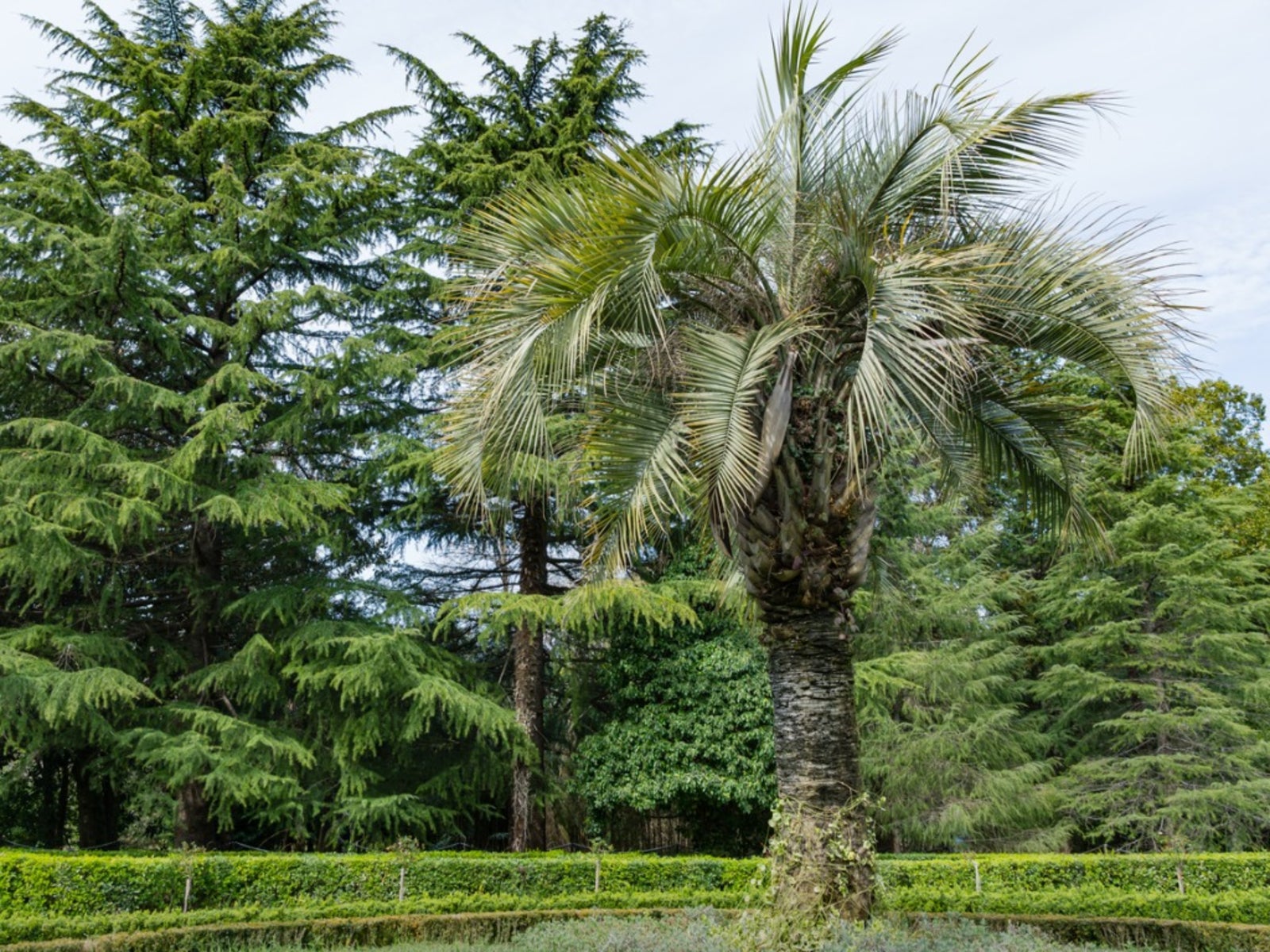 Is My Pindo Palm Dead – Treating Pindo Palm Freeze Damage
Is My Pindo Palm Dead – Treating Pindo Palm Freeze DamageCan I save my frosted pindo palm? Is my pindo palm dead? Even this tough palm can be damaged by a sudden cold snap. Click here and learn how to assess pindo palm frost damage. There’s a good chance the plant will rebound when temperatures rise in spring.
By Mary H. Dyer
-
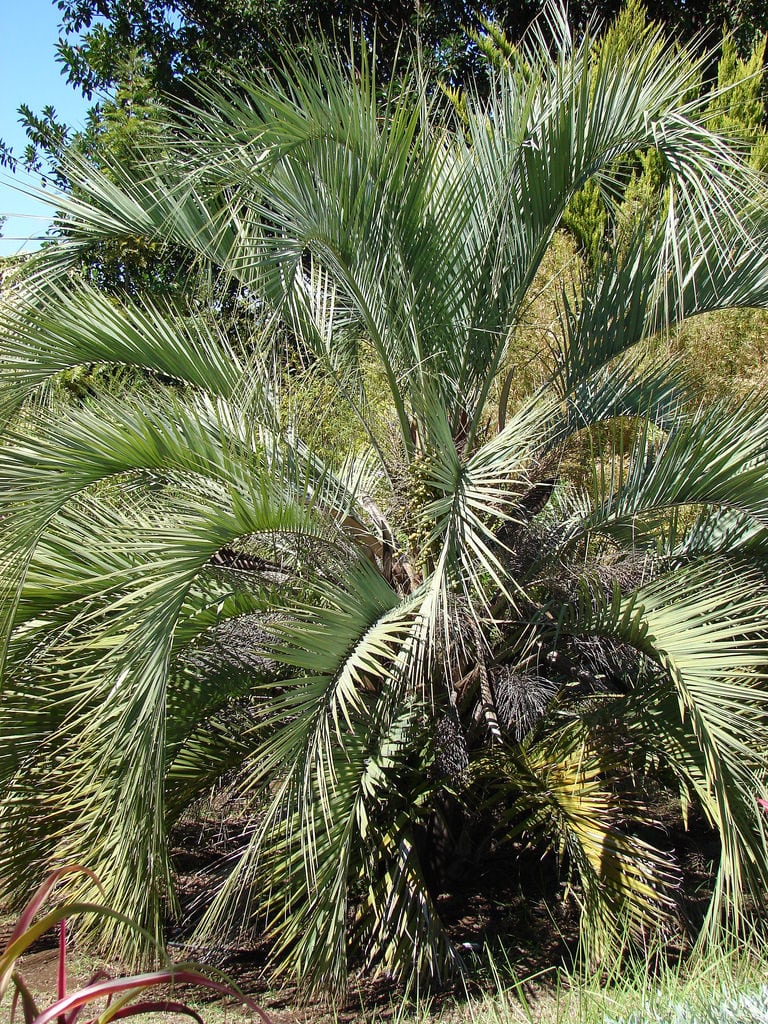 Pindo Palm Cold Hardiness – Can Pindo Palms Grow Outdoors In Winter
Pindo Palm Cold Hardiness – Can Pindo Palms Grow Outdoors In WinterYou may live where winter means sub-freezing temperatures and still be able grow pindo palm trees. It's possible for them to survive in your part of the world, but only with proper winter protection. For pindo palms, it's an ongoing process, and this article can help.
By Gardening Know How
-
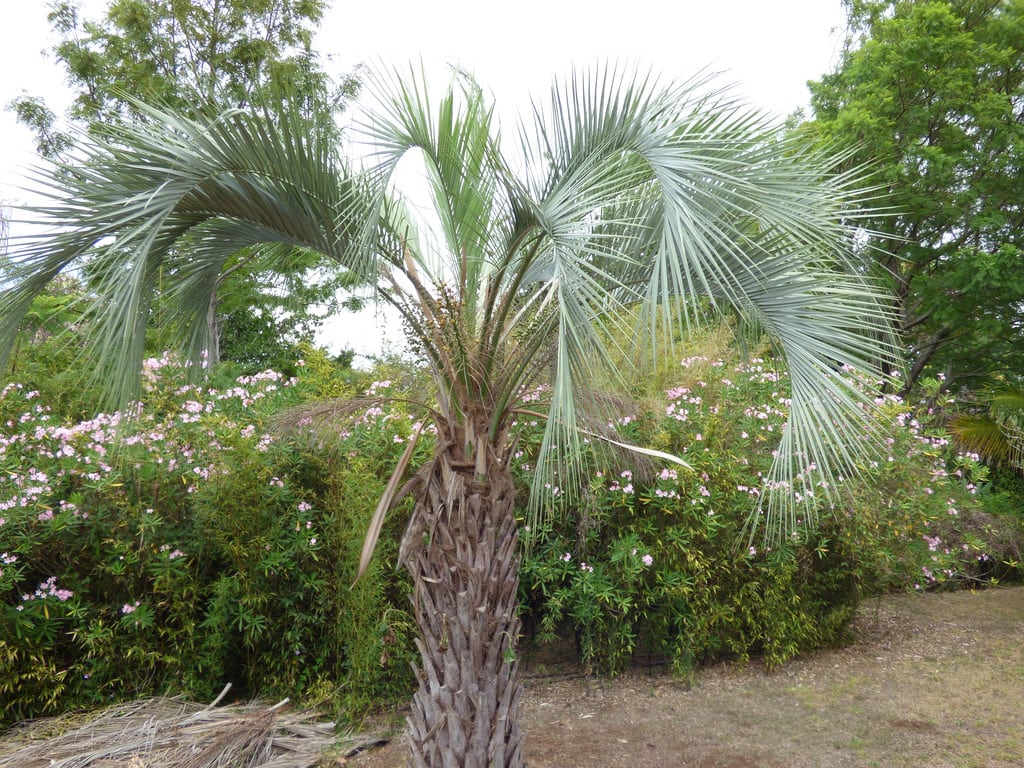 Pindo Palm Issues: Common Problems With Pindo Palms
Pindo Palm Issues: Common Problems With Pindo PalmsEven though they tolerate cold, you might still have issues with a pindo palm. Problems with pindo palms may be insect or disease related - or both. The following article contains information on common pindo palm problems and how to manage pindo palm issues.
By Amy Grant
-
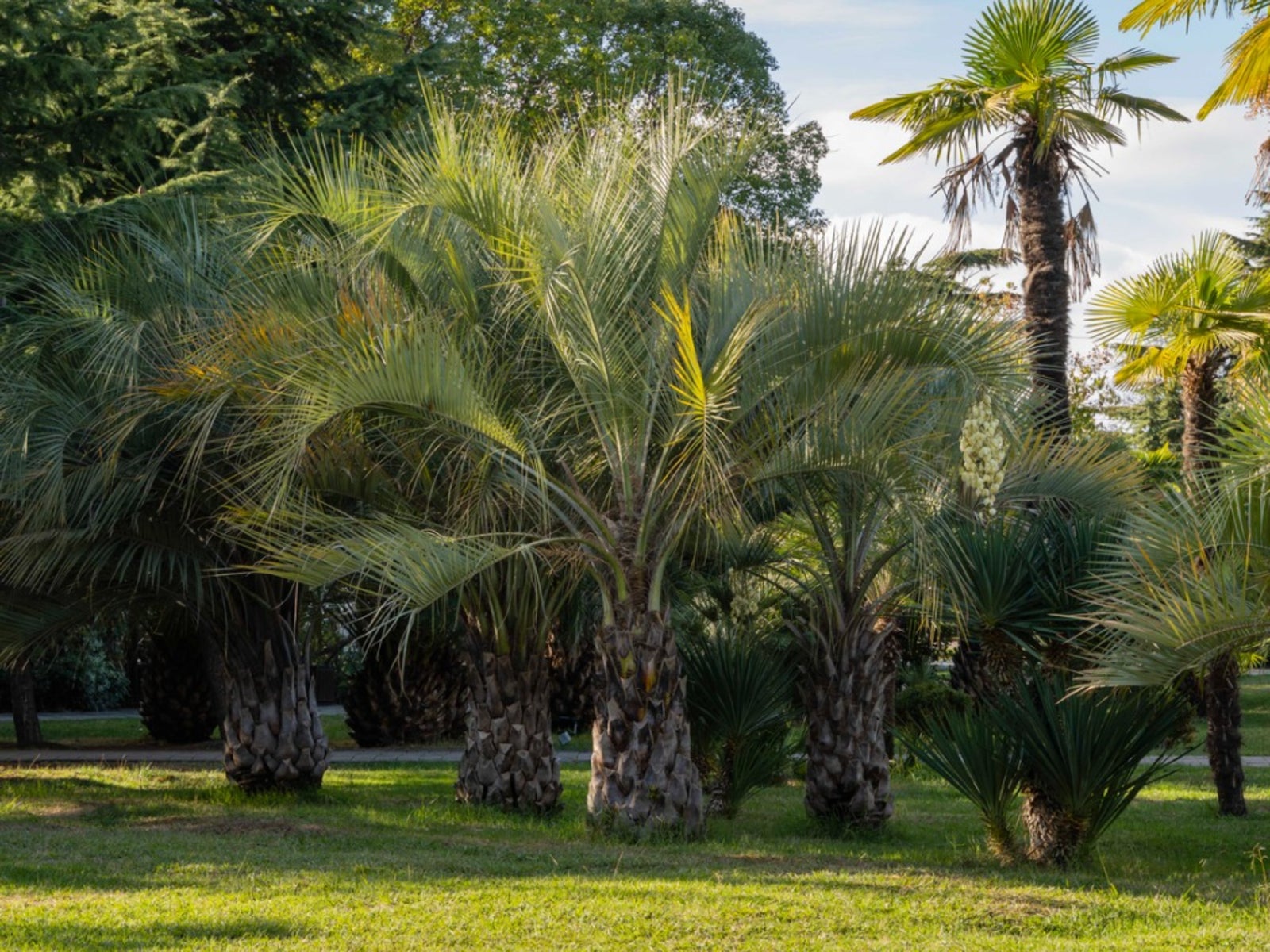 Pindo Palm Fertilizer Needs – Learn How To Feed A Pindo Palm Tree
Pindo Palm Fertilizer Needs – Learn How To Feed A Pindo Palm TreePindo palms are popular trees, especially in public landscapes. But homeowners and gardeners may find themselves wondering: how much fertilizer does a pindo palm need? Click here to learn more about pindo palm fertilizer needs and how to feed a pindo palm tree.
By Liz Baessler
-
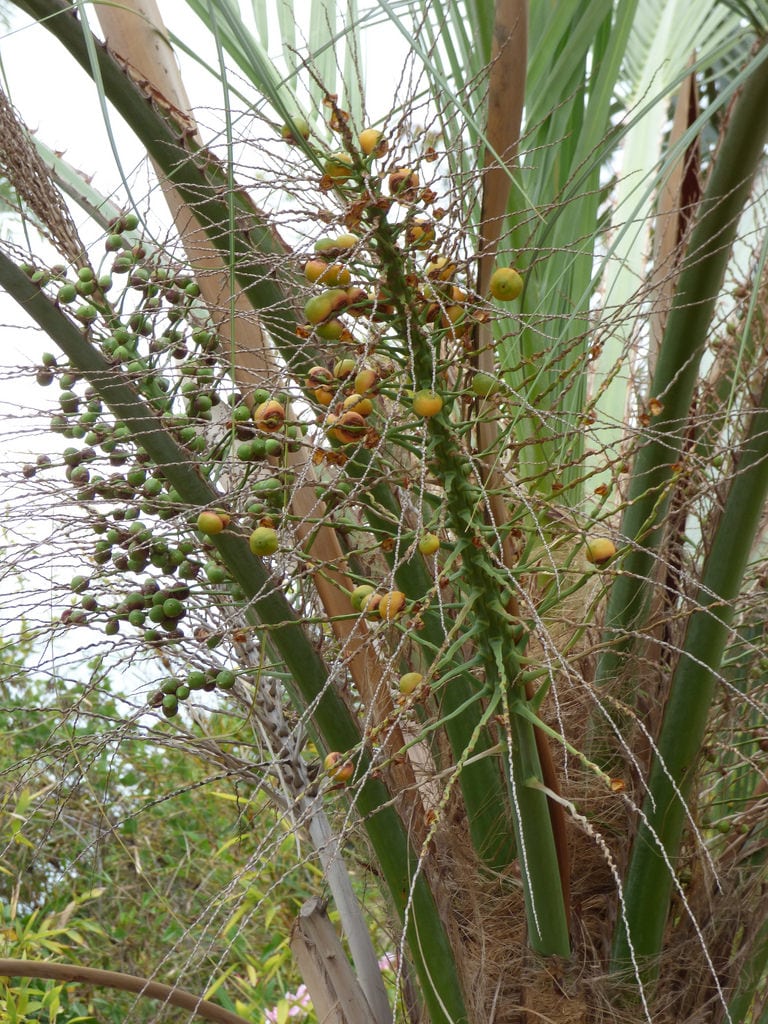 Pindo Palm Propagation: Learn About Propagating Pindo Palms
Pindo Palm Propagation: Learn About Propagating Pindo PalmsGerminating pindo palm seeds requires some patience and know how to get the process correct and achieve a baby palm. The following article outlines how to propagate a pindo palm with the steps needed for success. Click here to learn more.
By Bonnie L. Grant
-
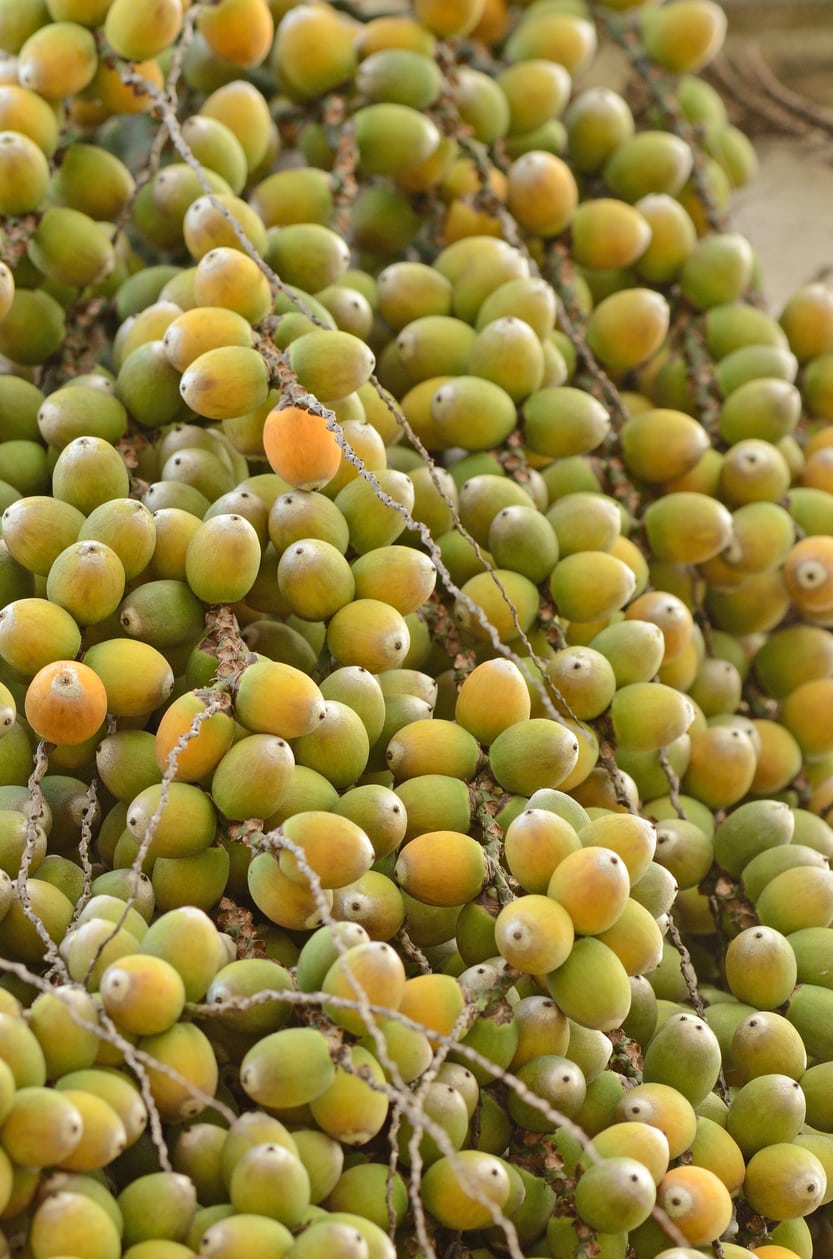 Jelly Palm Fruit Uses – Is The Fruit Of The Pindo Palm Edible
Jelly Palm Fruit Uses – Is The Fruit Of The Pindo Palm EdibleGrown both as an ornamental and for its tolerance to the hot, dry climate, pindo palm (jelly palm) trees bear fruit too, but the question is, "Can you eat pindo palm fruit?" Click this article to find out if the fruit of the pindo palm is edible and jelly palm fruit uses, if any.
By Amy Grant
-
 Caring For Pindo In A Container: How To Grow A Pindo Palm In A Pot
Caring For Pindo In A Container: How To Grow A Pindo Palm In A PotIt's easy and convenient to grow pindo palm in a pot or container since these palms grow very slowly. For more information about pindo in a container and the growth requirements for container grown pindo palms, this article will help.
By Teo Spengler